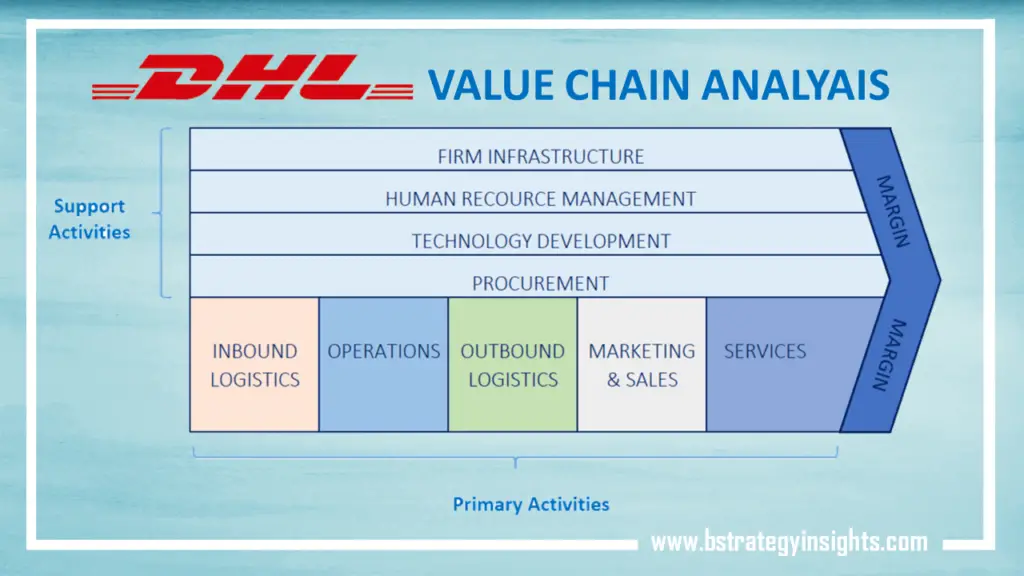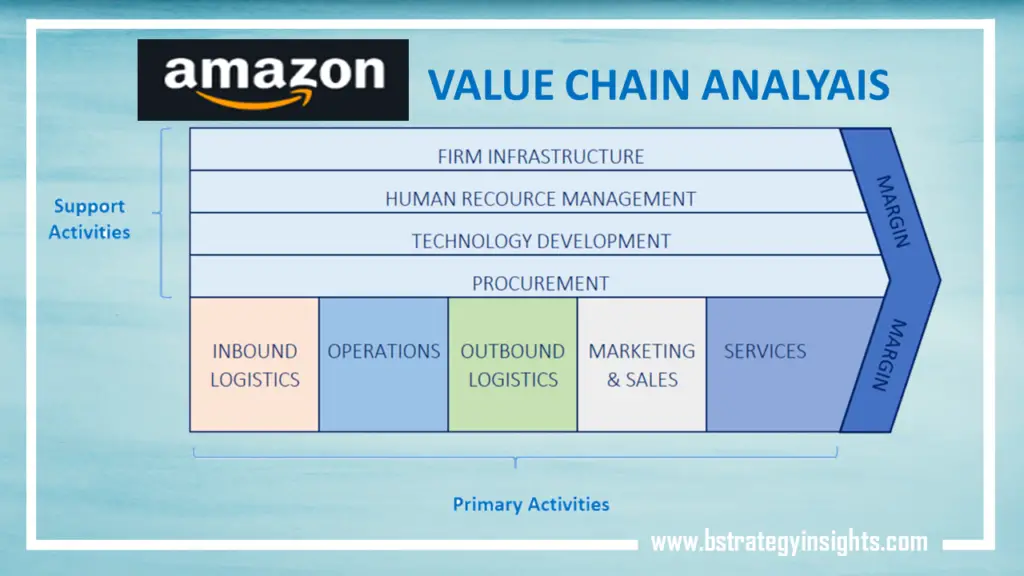DHL Worldwide GmbH (DHL) is a German logistics company that provides international courier, package delivery, and fast mail services. Every year, the business distributes approximately 1.5 billion packages.
DHL was founded in 1969 by three founders; Adrian Dalsey, Larry Hillblom, and Robert Lynn, with the bit of notion they would change the logistics sector. DHL has evolved to become the largest logistics firm in the world. According to DHL, the company has 400,000 workers in over 220 countries and territories work every day to assist you in crossing borders, entering new markets, and expanding your business.
Company’s Goals
DHL aspires to be Germany’s post office and the world’s logistics enterprise. It is not a simple statement to say that it operates in over 220 countries and regions as a global firm or frequently enters new markets as the first logistics company.
Their goal implies that they aim to be a logistics business that people would return to, not just to transport their cargo but also to be an employer or an investment.
Their purpose consists of four major elements:
- to make our customers, workers, and investors even more successful;
- to constantly show respect while earning high scores;
- to make their customers’ life easier and more convenient;
DHL’s Value Chain Analysis

Value chain analysis is a method that may be used to make changes to a company’s value chain to increase profitability and improve quality. There are two types of activities that play an equal role in the company’s value chain. Analyzing those activities may assist raise the firm’s demand and make it more competitive in a hyper-competitive market. We divide these activities into primary and secondary categories.
Primary Activities
Inbound logistics, outbound logistics, operations, marketing and sales, and services are the company’s primary functions.
DHL’s Inbound Logistics
It’s crucial to build good connections with suppliers since you’ll need their help to receive, store, and distribute the product. DHL may encounter a variety of problems throughout product development phases if it does not analyze inbound logistics. Inbound logistics analysis necessitates a company’s attention to every transformation step, from raw material to completed product.
These DHL Worldwide activities are concerned with receiving, storing, and dispersing product inputs. Material handling, physical product warehousing, and architecture to collect and store consumer information for a digital media firm are all possibilities. The majority of DHL Worldwide’s inbound logistics activities are currently outsourced.
DHL’s Operations
When raw material comes, the necessity of analyzing operational operations increases, and DHL is prepared to transform raw materials into final goods and launch them on the market. DHL’s operations, for instance, include machining, packaging, assembling. This category also includes equipment repair and maintenance.
Manufacturing and service operations are also included. The analysis of operational procedures is critical for increasing productivity, increasing efficiency, and guaranteeing DHL’s competitiveness. Increased productivity may assist DHL in achieving steady economic growth, increasing profitability, and establishing a solid foundation for competitive advantage.
DHL’s Outbound Logistics
Outbound logistics refers to the operations that transport a product to a client via several intermediaries. Typically, when outbound operations are managed in a timely and cost-effective manner, it will result in the product delivery procedures have a minimal negative impact on quality. In addition, customer satisfaction is also maximized and ultimately would lead to the increase of the company’s growth prospects.
When DHL’s provided items are perishable and require rapid delivery to the end consumer, it should place a premium on its outbound value chain operations. DHL Worldwide carries out these operations to deliver finished items to channel partners and end purchasers. Warehousing, distribution network, processing, wholesalers and retailers order fulfillment, and scheduling are all examples of outbound logistics operations.
DHL’s Marketing and Sales
DHL cannot build value until it engages in marketing and sales operations and delivers a high-quality product at a low price with unique characteristics. Here, salespeople and marketers play a crucial role.
Salesforce, advertising, promotional activities, pricing, channel selection, quoting, and establishing relationships with channel members are all aspects of DHL’s marketing and sales operations. The marketing funnel technique may be used to organize the company’s marketing and sales efforts. Depending on DHL’s company objectives, brand image, competitive dynamics, and existing market position, marketing tactics can be either push or pull.
Effective and well-coordinated marketing initiatives may help DHL build brand equity and differentiate itself from the competition. However, DHL must avoid making misleading promises about product characteristics that the production department cannot provide. It emphasizes the need to coordinate various value chain operations.
DHL Worldwide engages in these operations to provide a way for a customer to purchase a company’s products. Advertising and promotion, marketing, sales force management, channel selection, pricing, and so on are examples of these activities.
DHL’s Services
DHL’s pre-sale and post-sale services will be crucial in building client loyalty. Post-sale services are as vital to modern customers as marketing and promotional efforts.
For the product to be used successfully, DHL Worldwide must provide after-sales services and maintenance. DHL Worldwide’s service activities include part supply, training, post-sale maintenance, product forward and backend software alignment, and installation services.
Secondary Activities
The support activities aid in the coordination and facilitation of the primary value chain operations. Analysis of DHL’s support operations, as mentioned below, can also be beneficial.
DHL’s Firm infrastructure
DHL Worldwide’s firm infrastructure support operations include planning, general management, legal services, finance and accounting, and quality management.
DHL Worldwide’s firm infrastructure operations support the whole value chain. However, the scope varies since DHL Worldwide is a diverse organization, even within the industry. DHL Worldwide, for example, manages finance and planning at the corporate level, while quality management, accounting, and legal concerns are handled at the business unit level.
DHL’s Human resource management
DHL may evaluate different elements of human resource management, including recruiting, selecting, training, rewarding, performance management, and other people management operations. DHL may decrease competitive pressure through good HR management, which is based on its staff’s motivation, dedication, and abilities. The firm can also achieve its cost-cutting goals by comparing recruiting and training expenses to their respective returns. The relevance of this value chain support activity will grow as DHL’s reliance on employee talent grows.
Human Resources Management is critical to any business’s performance in an environment where every organization strives to become a learning organization. At both the corporate and business unit levels, HRM support operations include Recruiting, Selection, Training & Development, Hiring, People Planning, Skill Assessment, and Compensation.
DHL’s Technology development:
Almost every activity in a contemporary business is supported by technology. In the technology industry, technological development has become a source of competitive advantage. Component design, field testing, feature design, process engineering, and technology selection are examples of technology development at DHL Worldwide.
DHL’s Procurement
DHL Worldwide’s procurement activities comprise actions involving the acquisition of inputs utilized by the company’s value chain. It excludes the cost of purchasing inputs. Raw materials, supplies, machinery, laboratory equipment, office equipment, and structures are examples of purchased inputs.
Like all other value chain operations, procurement uses technology for procedures, vendor management, information systems, supply chain partner qualification standards, and continual performance evaluation.
Conclusion
Value chain analysis is a valuable management technique that aids in identifying necessary actions that result in the production of a superior product or service with high customer value.
Recognizing the relevance of all activities is required to apply the Porter Value Chain model. DHL should identify areas where value can be created, cost efficiency can be achieved, a differentiation foundation can be established, or processes can be optimized after determining the relative significance of identified value chain activities.



